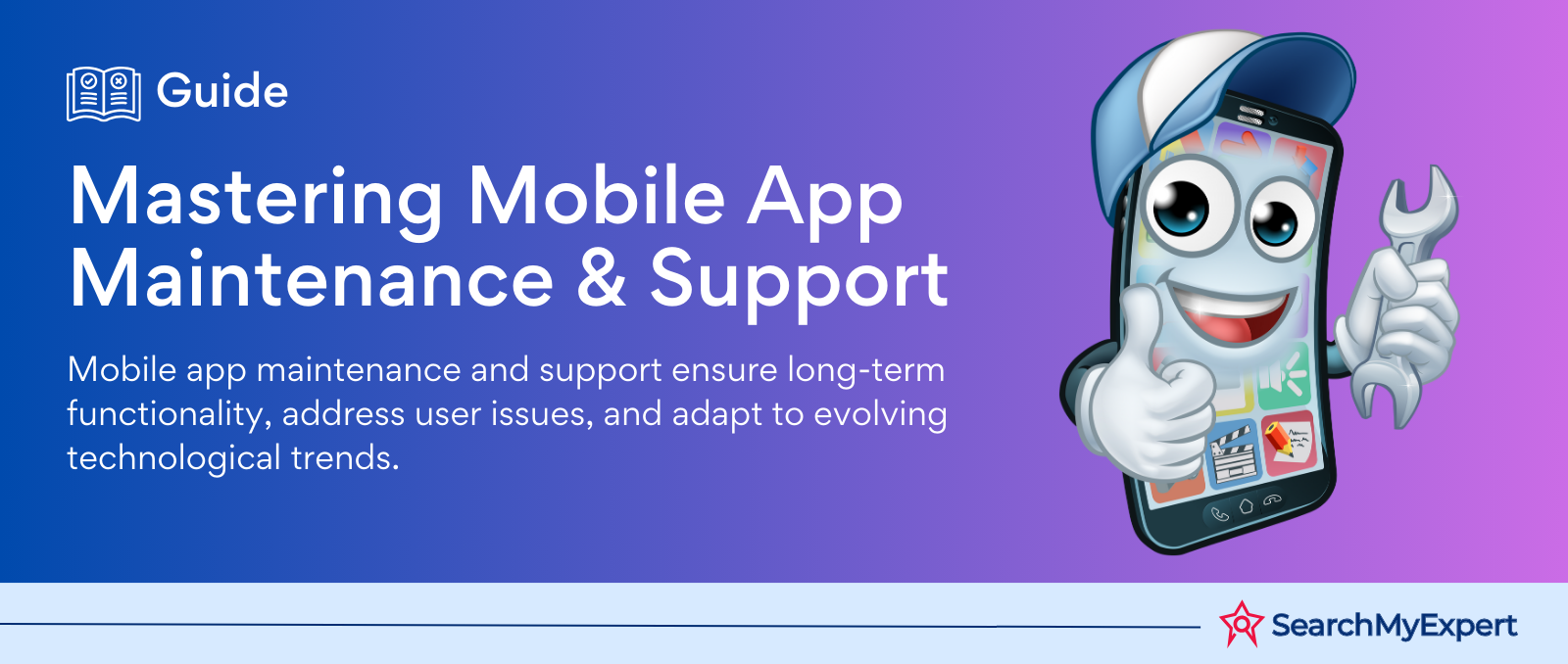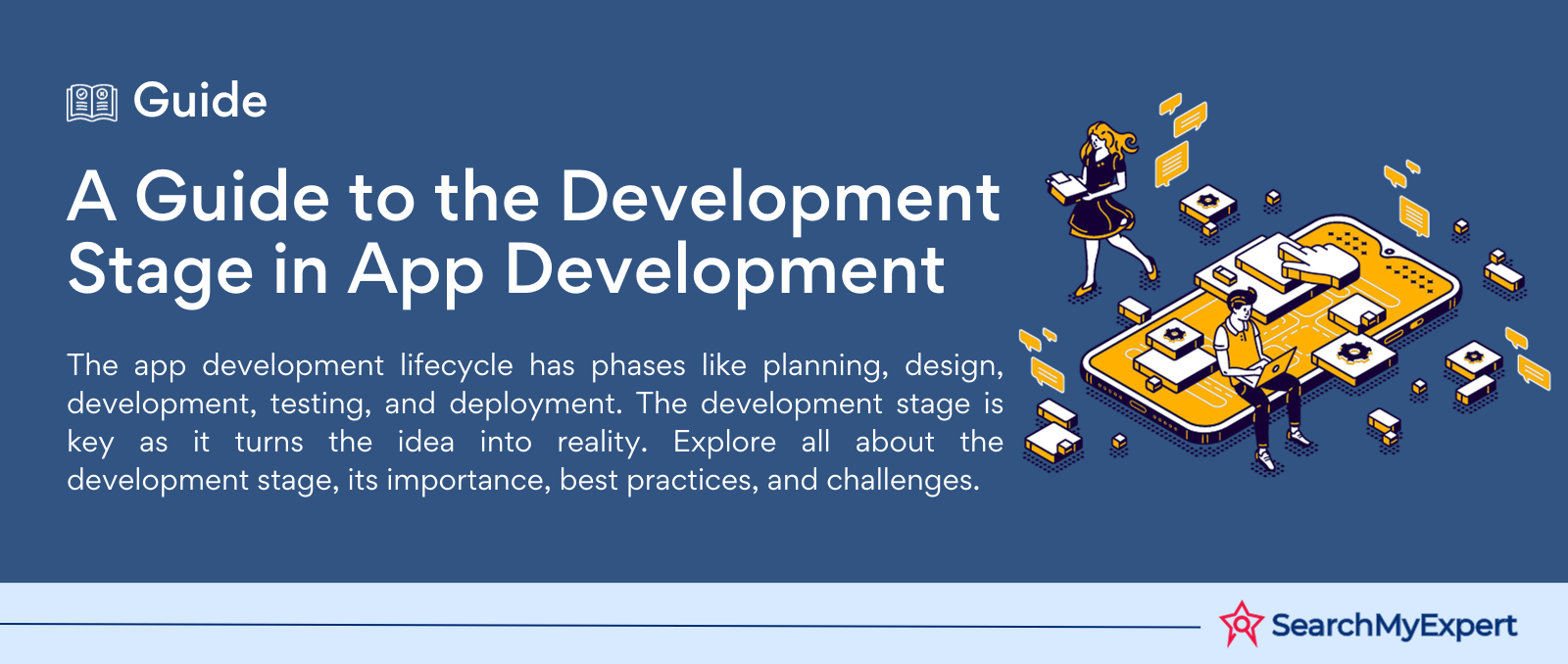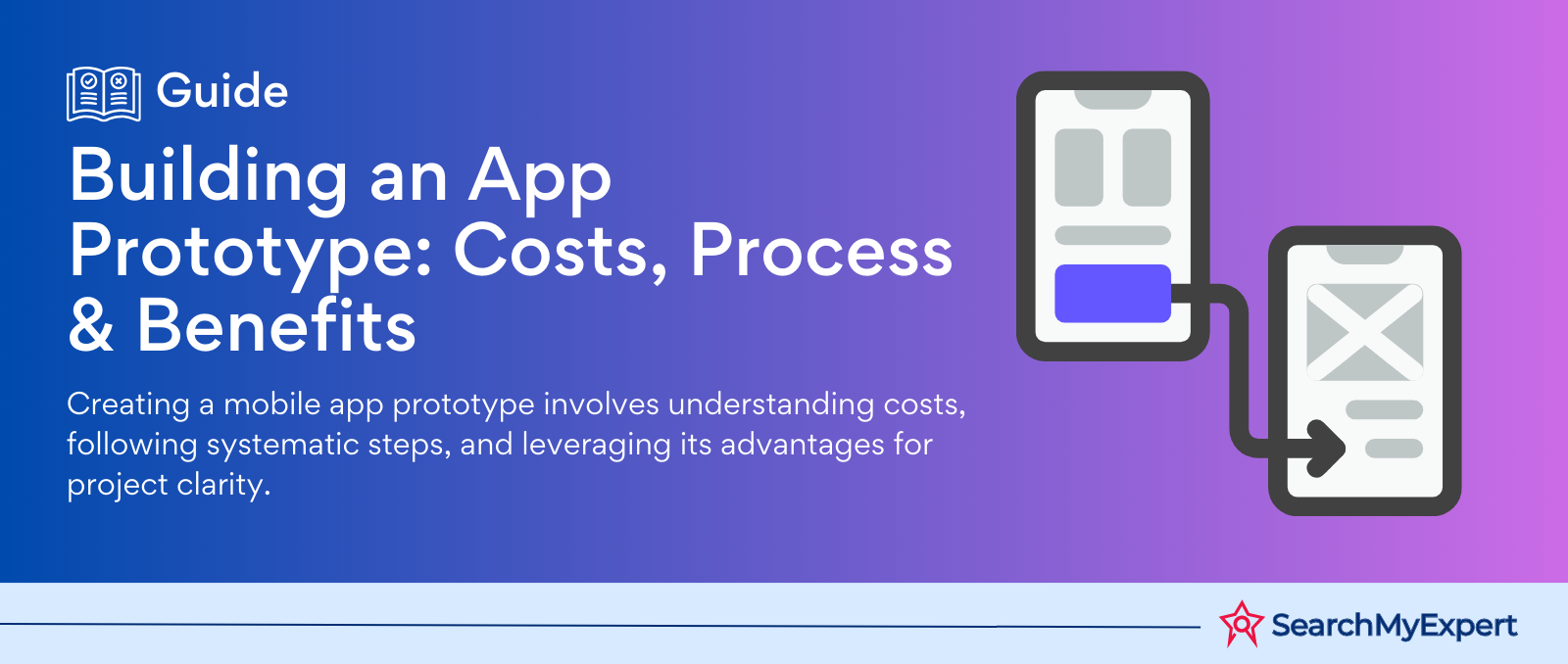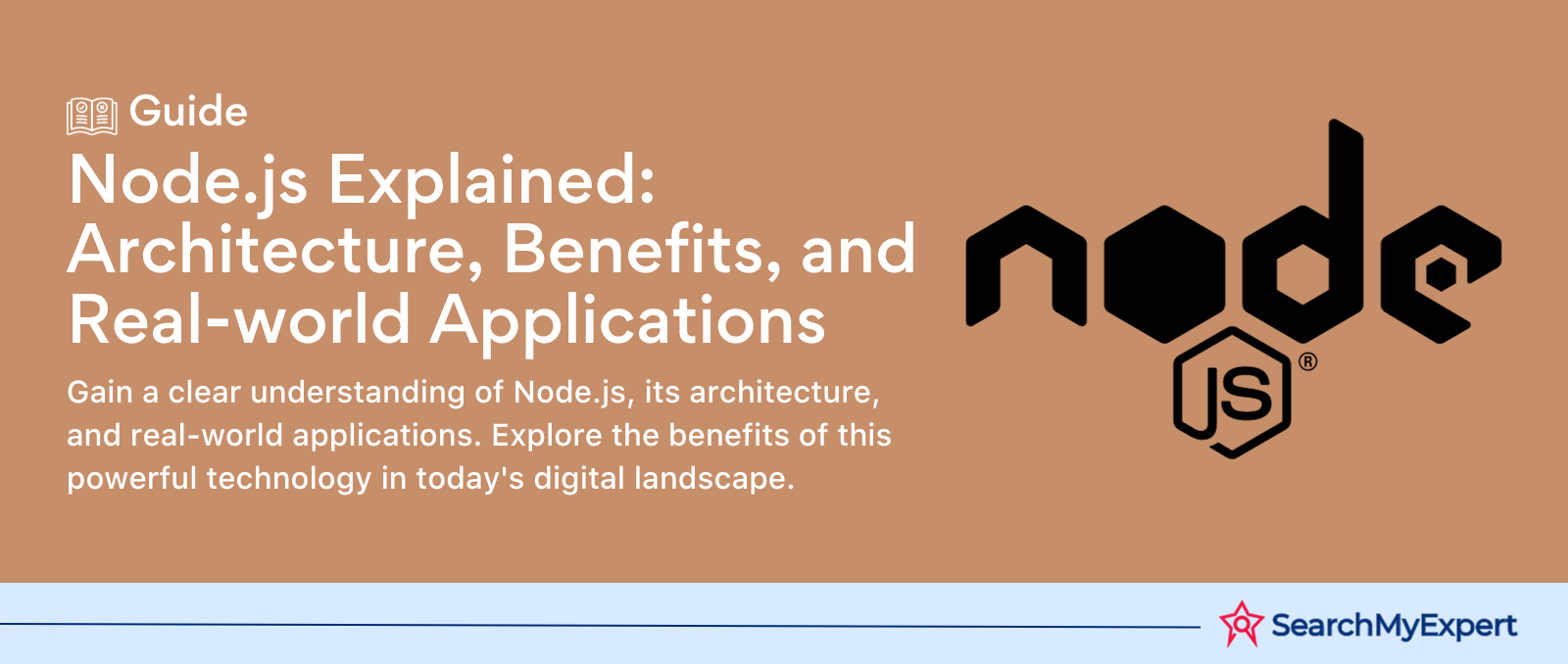The Evolution of Modern Finance through Decentralized Finance and Blockchain
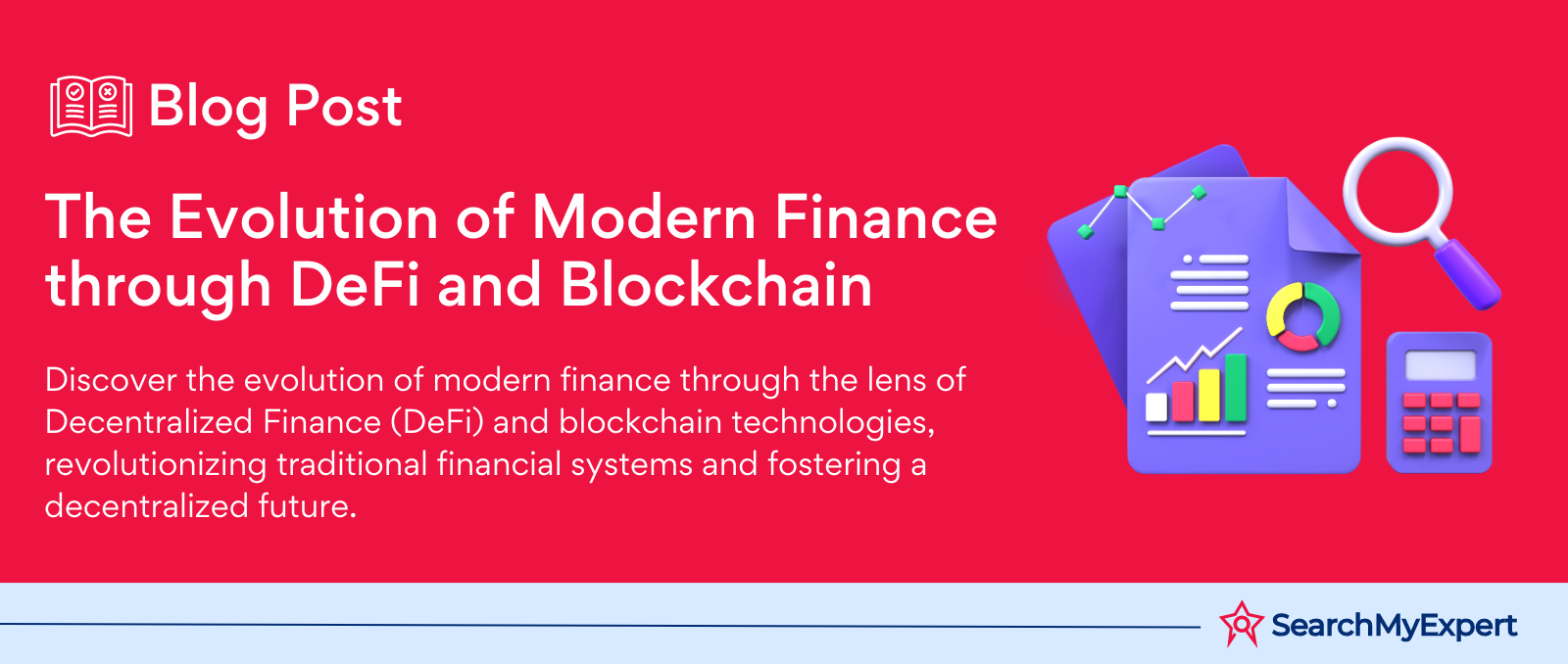
Decentralized Finance (DeFi) and Blockchain: A New Financial Frontier
Traditional Finance: The Old Guard
In the realm of finance, traditional models have long reigned supreme. Rooted in a centralized framework, these systems rely on a network of intermediaries like banks, brokers, and clearinghouses. They've been the cornerstone of financial transactions, from savings and loans to investments and payments.
The Drawbacks: Limitations and Challenges
However, this traditional setup isn't without its flaws:
- Reliance on Intermediaries: Centralized structures mean every transaction goes through a series of middlemen, each taking its own cut.
- High Fees: These intermediaries charge fees, driving up costs for users.
- Limited Access: Geographical and financial barriers often limit access to these services, leaving many underserved.
Enter DeFi: A Revolution in Finance
Decentralized Finance, or DeFi, emerges as a revolutionary counter to these traditional models. It's a system where financial services operate without central authorities. Built on the principles of accessibility, transparency, and efficiency, DeFi is redefining the financial landscape.
The Tech Behind the Revolution: Blockchain and Smart Contracts
DeFi's backbone is blockchain technology, the same tech that powers cryptocurrencies like Bitcoin and Ethereum. Coupled with smart contracts – self-executing contracts with the terms directly written into code – DeFi platforms offer a secure, transparent, and accessible financial ecosystem.
In this brave new world of finance, DeFi stands as a beacon of potential, offering solutions where traditional finance has faltered.
Demystifying Blockchain
The Backbone of DeFi: Understanding Blockchain
Blockchain is the revolutionary technology underpinning DeFi. At its core, it's a distributed database, shared across a network of computers, where data is stored in blocks and chained together. This structure offers several groundbreaking advantages:
- Decentralization: Unlike traditional databases housed in a single location, blockchains are distributed across numerous nodes, ensuring no single point of control or failure.
- Immutability: Once data is added to the blockchain, it's nearly impossible to alter. This permanence safeguards against fraud and tampering.
- Transparency: Every transaction on the blockchain is visible to all participants, fostering an environment of trust and openness.
A Simple Analogy: Chain of Blocks
Imagine a blockchain as a digital ledger, akin to a chain where each link represents a block of transactions. Each new block is securely linked to the previous one, forming an unbreakable and transparent chain of financial history.
The Guardians of the Blockchain: Miners and Validators
These are the individuals or entities that maintain the blockchain's integrity. They use computational power (in proof-of-work systems) or stake their own cryptocurrency (in proof-of-stake systems) to validate transactions and add new blocks to the chain. In return, they earn rewards, an incentive for their crucial role in securing the network.
Diverse Blockchain Types: Public vs. Private
Blockchains come in different flavors:
- Public Blockchains: Open to anyone, they're the foundation of cryptocurrencies like Bitcoin and Ethereum. They're pivotal in DeFi, ensuring transparency and open access.
- Private Blockchains: Controlled access and privacy-focused, used mainly by enterprises for specific, internal applications.
Understanding blockchain is key to grasping DeFi's potential and how it's changing the face of finance.
Unveiling Smart Contracts
Smart Contracts: The Digital Deal Makers
Smart contracts are self-executing contracts with the terms of the agreement directly written into code. Residing on the blockchain, they automate transactions and enforce contractual terms.
How Do They Work? The Vending Machine Analogy
Imagine a vending machine. You select a product, pay the required amount, and the machine dispenses your choice. A smart contract works similarly:
- Terms: Like selecting a product, terms are predefined in the contract's code.
- Transaction: Your payment triggers the contract, like inserting money into the vending machine.
- Execution: The contract automatically performs the agreed action, akin to the machine dispensing your item.
Key Features of Smart Contracts
- Self-Execution: Once conditions are met, they automatically execute without human intervention.
- Security: Encrypted and stored on a blockchain, they're tamper-proof and secure.
- Transparency: All parties can view the contract terms, ensuring clarity and trust.
Enabling Trustless Interactions in DeFi
In DeFi, smart contracts are game-changers. They allow for trustless interactions - meaning parties don't need to trust each other, just the contract's code. This innovation opens up a world of financial services, from loans and savings to insurance and trading, without the need for traditional intermediaries.
Smart contracts are not just a technological leap; they're a paradigm shift in how we perceive and execute financial agreements in the digital age.
Exploring the DeFi Landscape
The Diverse World of DeFi Applications
DeFi is not a monolith; it's a diverse ecosystem with various applications offering unique financial services:
Lending Platforms:
- Function: Users lend out their cryptocurrencies, earning interest in return.
- Value: Provides passive income and access to credit without traditional banking hurdles.
- Example: Compound, a platform where users earn interest on deposited crypto.
Decentralized Exchanges (DEXs):
- Function: Facilitate peer-to-peer trading of digital assets without intermediaries.
- Value: Lower fees, greater security, and privacy.
- Example: Uniswap, known for its liquidity pools and ease of use.
Prediction Markets:
- Function: Allow users to bet on the outcome of future events, like elections or sports games.
- Value: Market-driven forecasts and hedging against risks.
- Example: Augur, a platform for prediction markets on various events.
Yield Farming Protocols:
- Function: Users stake or lend crypto assets to receive rewards.
- Value: Higher returns on investment compared to traditional savings.
- Example: Yearn.finance, optimizing users' yield farming results.
The Potential Benefits of DeFi
- Higher Returns: Often offer better returns than traditional financial products.
- Censorship Resistance: Operates beyond the control of any single entity, promoting financial freedom.
- Financial Inclusion: Accessible to anyone with an internet connection, fostering global economic inclusion.
DeFi is more than just a new technology; it's a democratizing force in finance, breaking down barriers and offering new opportunities for financial empowerment.
Challenges and Risks of DeFi
Navigating the Rough Waters of DeFi
While DeFi presents a transformative vision for finance, it's not without its share of challenges and risks:
- Volatility: DeFi markets are known for their high volatility. Rapid price fluctuations can result in significant gains or losses.
- Security Vulnerabilities: Being relatively new, DeFi protocols are sometimes prone to security flaws.
This can lead to:
- Notable Hacks and Exploits: For instance, the Poly Network hack in 2021 saw over $600 million in cryptocurrencies stolen, though later returned. Such incidents highlight the security challenges in the DeFi space.
Regulatory Uncertainty:
- Risks: The decentralized nature of DeFi poses a challenge for traditional regulatory frameworks, leading to uncertainty.
- Impact: This could affect DeFi's integration into the broader financial system and influence investor confidence.
The Path Forward: Education and Responsibility
- User Education: Understanding the mechanisms and risks of DeFi is crucial. An informed user is less likely to fall prey to volatility and scams.
- Responsible Engagement: Users must approach DeFi protocols with caution, understanding the inherent risks.
DeFi's journey is a balancing act between innovation and stability, demanding vigilance and responsible participation from its community.
The Future of DeFi
A New Dawn in Finance
The future of DeFi isn't just an evolution; it's a potential revolution in the financial world:
Transforming Traditional Finance:
- Impact: DeFi's innovative approach could significantly alter how traditional financial systems operate, making them more efficient, inclusive, and transparent.
- Integration: The merging of DeFi principles with traditional finance could lead to more robust financial products and services.
Mainstream Adoption on the Horizon:
- Users and Institutions: With its promise of accessibility and efficiency, DeFi is poised for wider adoption, not just by tech enthusiasts but also by mainstream users and institutions.
- Challenges: This transition will require addressing current limitations like scalability, user experience, and regulatory compliance.
Innovation: The Driving Force of DeFi:
- Developments: Ongoing innovations in blockchain technology, scalability solutions, and new financial instruments are shaping DeFi's future.
- Potential: These advancements could lead to more stable, accessible, and diverse DeFi ecosystems.
An Optimistic Outlook
- Revolutionizing Finance: DeFi has the potential to redefine finance, breaking down barriers and democratizing access to financial services.
- A Global Impact: It could herald a new era of financial inclusion, especially in underbanked regions of the world.
As we stand on the cusp of this new era, DeFi presents a thrilling prospect: a financial system that's open, equitable, and efficient, ready to empower users worldwide.
Recap of the DeFi Journey
We've navigated through the exciting world of DeFi and blockchain, uncovering its many facets:
- Introduction to DeFi: We started by understanding how DeFi offers a new paradigm in finance, breaking free from traditional centralized models.
- Demystifying Blockchain: We explored blockchain technology, the backbone of DeFi, with its core principles of decentralization, immutability, and transparency.
- Unveiling Smart Contracts: We delved into smart contracts, the digital deal makers that automate and secure financial transactions on the blockchain.
- Exploring the DeFi Landscape: We discovered the various applications of DeFi, from lending platforms to yield farming protocols, each offering unique value.
- Challenges and Risks: We acknowledged the hurdles DeFi faces, including volatility, security concerns, and regulatory uncertainties.
- The Future of DeFi: Finally, we envisioned the potential future of DeFi, poised to transform the traditional financial system.
The Promise of DeFi
DeFi isn't just a technological advancement; it's a movement toward a more accessible, transparent, and inclusive financial system. It opens doors to global financial participation, unrestricted by geography or socioeconomic status.
Conclusion
Decentralized Finance (DeFi) and blockchain are ushering in a new era in finance. This journey through DeFi has revealed its transformative potential: from replacing traditional, centralized systems to introducing innovative applications like smart contracts and lending platforms. Despite challenges like volatility and security, the future looks promising with the ongoing integration of DeFi into mainstream finance. DeFi stands not just as a technological innovation but as a beacon for financial inclusivity and transparency. It's an invitation to redefine financial interactions and a call to action to join this revolutionary movement.
Connect with top-tier
Blockchain Technology Service Agencies for advanced solutions.
share this page if you liked it 😊
Other Related Blogs

Mastering Docker for App Development: A Comprehensive Guide to Benefits, Use-Cases, and Alternatives
STAY UP TO DATE
GET PATH'S LATEST
Receive bi-weekly updates from the SME, and get a heads up on upcoming events.
Contact Us





